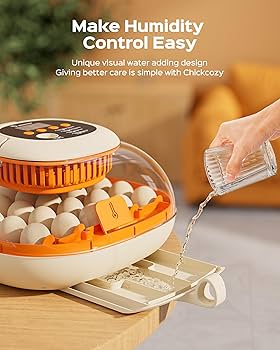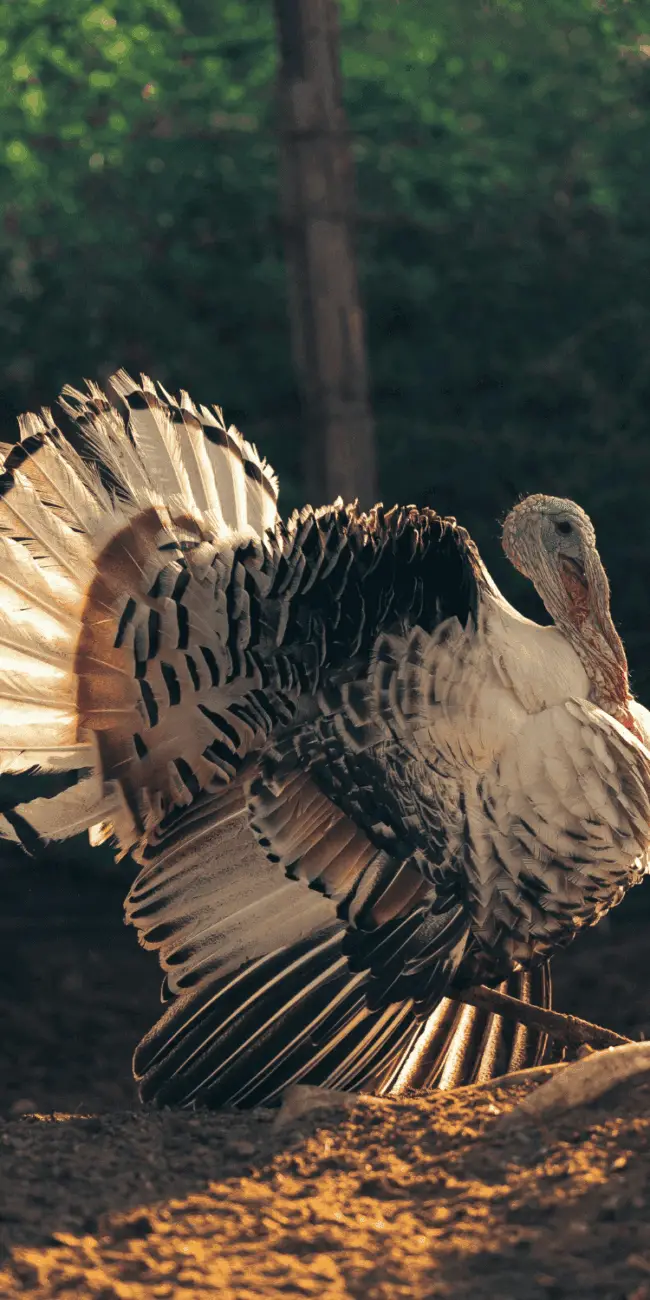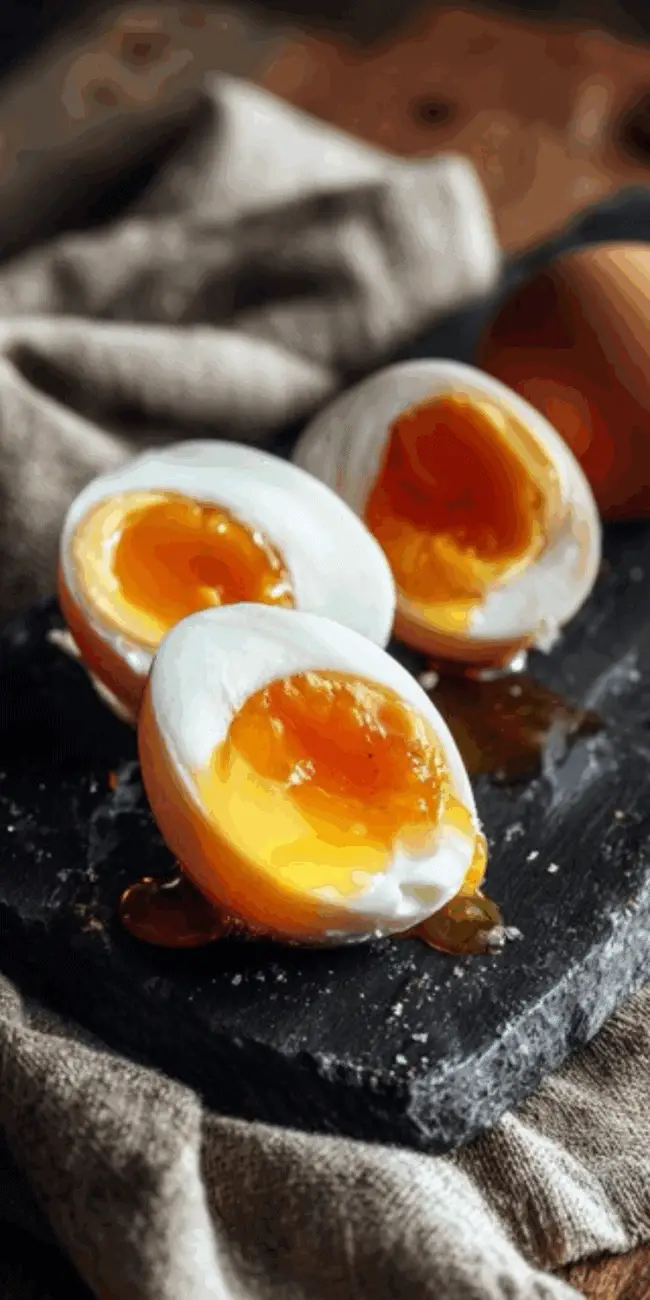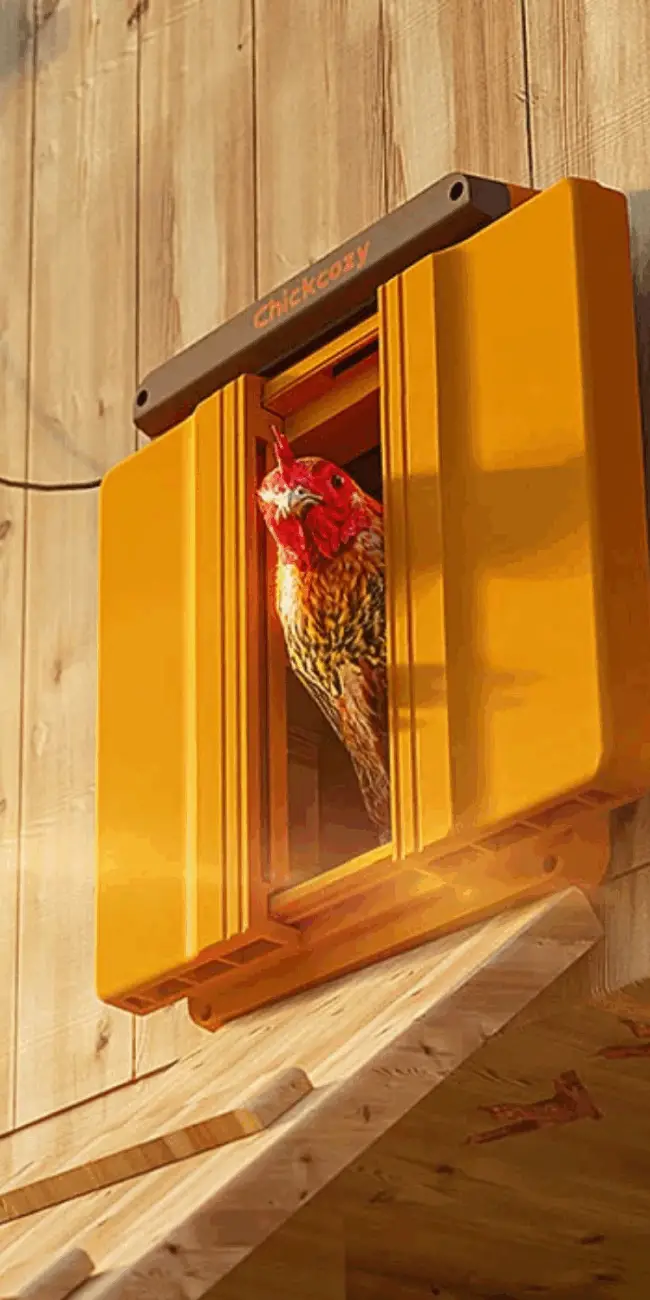The Osage Orange is fairly common in the area and was named for the Osage Indian Nation. It’s a tree with many names, among them hedge apple, bois d’arc and horse apple.

It is a small deciduous tree or large shrub native to the south-central United States. The tree is a member of the mulberry family. Before the development of barbed wire, the dense shrub, with its sharp thorns, was planted as an impenetrable hedge for holding livestock, hence the name hedge apple, although the fruit is more orange-like than apple.

The wrinkled fruit, the size of a large orange or small grapefruit, is green until ripe, then yellow or orange.

Horses and other livestock sometimes eat the fruit, although it is not very palatable because it produces a sticky white latex when cut.

The wood is heavy, extremely hard, durable and decay-resistant. It was used for barbed wire fence posts before the introduction of T-posts. It is still seen in many rural barbed wire fences.
The Osage and Comanche used the wood for bows and war clubs. The name bois d’arc is French for “bow-wood,” a reference to its use for bows. A friend in Bixby is using the wood to make a bow.
The roots are covered in bright orange bark. The Comanche used a decoction (a boiled concentrated solution) made from the roots to treat sore eyes. A yellow dye is extracted from the wood.
Here’s an FAQ about the Osage Orange tree:
General Information
Q: What is an Osage Orange tree?
A: Osage Orange (Maclura pomifera) is a medium-sized deciduous tree native to parts of North America, known for its distinctive large, green, brain-like fruit and thorny branches[4][9].
Q: How big do Osage Orange trees grow?
A: Osage Orange trees typically reach heights of 20-40 feet with a similar spread[10].
Q: How long do Osage Orange trees live?
A: These trees can live for 130-250 years[4].
Growth and Care
Q: How fast do Osage Orange trees grow?
A: They have a moderate growth rate, with young trees capable of growing up to 24 inches in their first year[3].
Q: What are the ideal growing conditions for Osage Orange?
A: Osage Orange trees thrive in full sun and well-drained soil. They are highly adaptable and can withstand various conditions including heat, cold, drought, and poor soil[7].
Q: How often should Osage Orange trees be pruned?
A: Pruning should be done a few times a year during the growing season (spring and summer) to ensure faster, straight growth[3].
Fruit and Reproduction
Q: What does Osage Orange fruit look like?
A: The fruit is large, yellowish-green, and globular, averaging 8 to 15 centimeters in diameter with a brain-like appearance[6][9].
Q: Are Osage Orange fruits edible?
A: While not toxic, Osage Orange fruits are not typically consumed by humans due to their hard, sticky texture and bitter taste[4].
Q: How do Osage Orange trees reproduce?
A: Osage Orange trees are dioecious, meaning male and female flowers grow on separate trees. They are wind-pollinated and can also reproduce through root sprouts[5][9].
Ecological and Historical Significance
Q: What animals eat Osage Orange fruit?
A: Squirrels often tear apart the fruit to eat the seeds. White-tailed deer and some birds also consume parts of the fruit[4].
Q: Why was Osage Orange historically important?
A: Native Americans prized the wood for making bows. Later, settlers used the trees as living fences and windbreaks. The wood is also valued for its rot resistance and high BTU rating when burned[4][9].
Q: Is Osage Orange considered invasive?
A: In some areas of the United States, Osage Orange can be invasive due to its aggressive nature and ability to spread through root sprouts[10].
Unique Features
Q: Why is it called Osage Orange?
A: The name comes from the Osage Native American tribe and the fruit’s slight resemblance to oranges. It’s also known as hedge apple, horse apple, and bois d’arc[4][6].
Q: What is special about Osage Orange wood?
A: The wood has a distinct orange tint and is known for its density, durability, and resistance to rot[4][6].
Citations:
[1] https://mdc.mo.gov/trees-plants/nuisance-native-plants/osage-orange-control
[2] https://www.srs.fs.usda.gov/pubs/misc/ag_654/volume_2/maclura/pomifera.htm
[3] https://www.youtube.com/watch?v=ycqhFQdrU0w
[4] https://www.wildlifedepartment.com/outdoorok/ooj/wildlife-food-thought-osage-orange
[5] https://plants.usda.gov/DocumentLibrary/factsheet/pdf/fs_mapo.pdf
[6] https://specialtyproduce.com/produce/Osage_Oranges_18177.php
[7] https://static.themarthablog.com/2022/01/DSC_7421.jpeg?sa=X&ved=2ahUKEwjknubNiKWKAxWvhYkEHXkoHVYQ_B16BAgNEAI
[8] https://gpnc.org/flora/osage-orange/
[9] https://mdc.mo.gov/discover-nature/field-guide/osage-orange
[10] https://mortonarb.org/plant-and-protect/trees-and-plants/osage-orange/
[11] https://ohiodnr.gov/discover-and-learn/plants-trees/broad-leaf-trees/osage-orange-Maclura-pomifera








